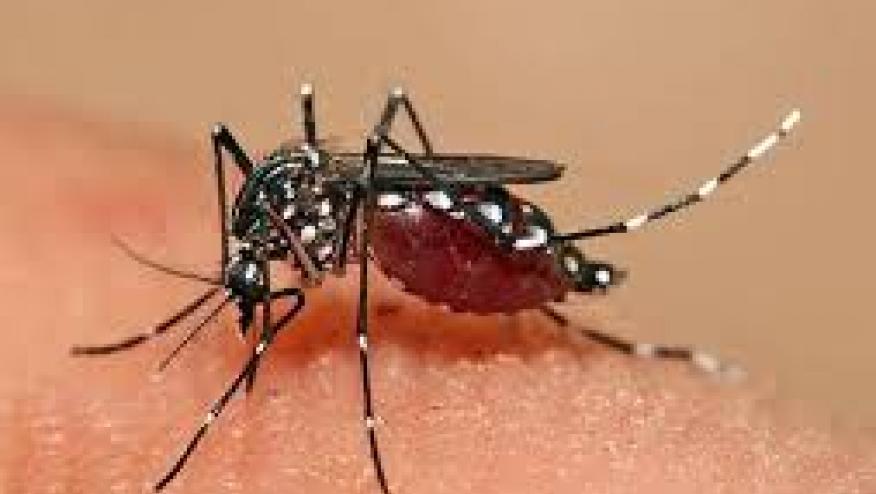Rheumatic Manifestations Following Chikungunya Infection Save

In the Makonde language, “Chikungunya” translates to “that which bends up”, descriptive of the twisted posture of those infected secondary to intense joint and muscle pain experienced during the acute phase of the disease.
The acute symptoms subside along with resolution of the viremic phase usually within 2 weeks, but it has been reported as far back as the 1970s that joint manifestations may persist for months to years.
Bouquillard, et al. conducted a prospective, multicenter study (RHUMATOCHIK) to assess the characteristics and progression of rheumatic manifestations post-chikungunya infection. This paper is currently in press in Joint Bone Spine.
They collected data on 307 consecutive patients seen by a group of rheumatologists between April 2005 and December 2006. Data included symptoms, laboratory evaluation, treatment and synovial fluid or biopsy when possible. Patients with pre-existing rheumatic diseases were excluded. Long-term evaluation was done via telephone survey at 1 and 2 years post-infection.
At inclusion, the mean number of painful joints was 6.5 and presentation was polyarticular in 81%, and symmetrical in 80%. The ankles and PIPs were most commonly involved. 79% reported morning stiffness. Synovial fluid from 19 patients was analyzed after ~3 months of symptoms and average WBC/ml was 1900. RT-PCR failed to detect the viral genome in synovial fluid or synovial biopsy.
Mean follow up was 32 months and joint pain persisted in 83.1% of the patients with associated synovitis in 64.2%. Functional impairment using HAQ scores was moderate (0.44±0.5). Anxiety and depression was reported in 59.4% of the cohort.
This study helps to further our knowledge of post-chikungunya rheumatic manifestations and given the likelihood that this alphavirus will continue to cause infection in travelers returning from endemic areas, and rheumatologists will encounter patients with joint pain as a result, the more we can tease out about these chronic joint manifestations the better.









If you are a health practitioner, you may Login/Register to comment.
Due to the nature of these comment forums, only health practitioners are allowed to comment at this time.